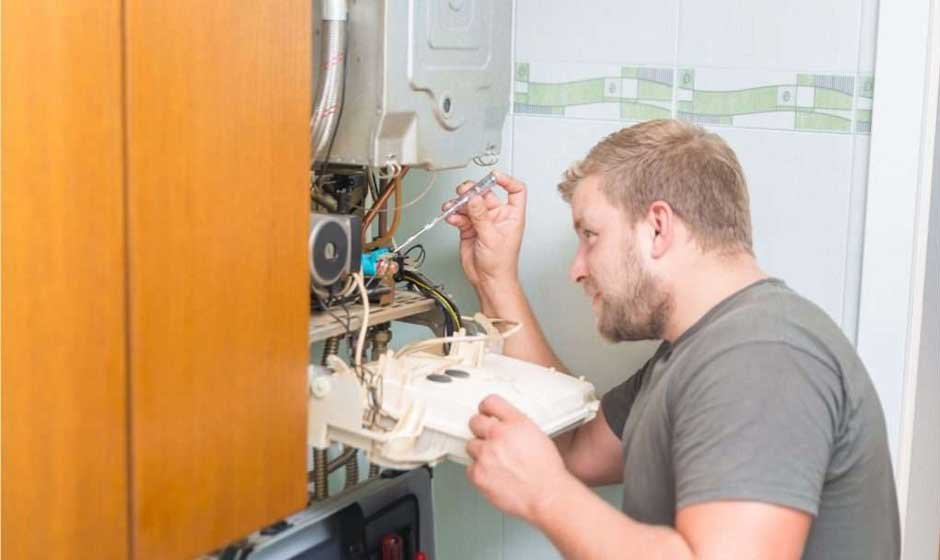As the cold months approach, the importance of a well-functioning furnace becomes clear for many homeowners. When a furnace acts up or stops working, it can quickly lead to discomfort and concern. Often, homeowners face uncertainty about what steps to take, how to identify issues, or when to seek help. Understanding common questions related to furnace repair can help homeowners respond more effectively and avoid unnecessary stress or expense. We will explore some of the most frequently asked questions about furnace repair, providing clear and practical answers to help you navigate problems and maintain a warm and safe home. This guide offers insights that empower you to make informed decisions when your heating system requires attention.
Common Furnace Repair Questions and Clear Answers
How Do I Know If My Furnace Needs Repair?
Recognizing the signs that a furnace needs repair is the first step in maintaining a comfortable home during colder months. Common indicators include uneven heating throughout the house, strange noises such as banging or rattling, frequent cycling on and off, and unusual smells from the vents. Additionally, if your energy bills suddenly spike without increased usage, it could suggest your furnace is working inefficiently due to a malfunction.
Another clear sign is when the furnace won’t turn on or if the pilot light goes out repeatedly in older models. Ignoring these signs can lead to more significant damage or a complete breakdown during peak cold periods. Prompt attention to early warning signs allows for repairs, extends your furnace’s life, and improves safety. If you notice any of these symptoms, scheduling a thorough inspection to identify the cause before conditions worsen is wise.
What Are the Most Common Furnace Problems?
Furnaces can experience a range of issues, many of which are common across different models and brands. One frequent problem is a dirty or clogged air filter, which restricts airflow and causes the system to overwork. Regularly replacing or cleaning the filter is usually easy to fix this issue. Another typical problem involves ignition or pilot control failures, where the furnace struggles to ignite properly or maintain a flame, leading to no heat output. Thermostat malfunctions can also cause the furnace to run erratically or not turn on as needed.
Additionally, mechanical wear and tear on parts such as belts, bearings, or blower motors can affect performance. Electrical issues, like faulty wiring or a blown fuse, can also prevent the furnace from operating. Understanding these common problems can help homeowners troubleshoot minor issues and decide when to seek professional repair services.
How Often Should I Have My Furnace Serviced?
Regular maintenance is critical in preventing furnace breakdowns and ensuring efficient operation. Most manufacturers and heating professionals recommend scheduling a comprehensive furnace inspection and tune-up at least once a year, preferably before the heating season begins. During a service appointment, technicians typically clean the components, check for wear and damage, test safety controls, and optimize system performance.
Regular servicing helps catch small problems before they develop into costly repairs and can improve your furnace’s energy efficiency, saving money on heating bills. Homeowners can support this process by changing air filters every one to three months, depending on usage and filter type. While annual professional service is key, attentive homeowners can monitor their system’s performance throughout the year to catch unusual behavior early.
Is It Better to Repair or Replace an Old Furnace?
Deciding whether to repair or replace an aging furnace can be challenging, depending on several factors. Age is a major consideration—furnaces generally last between 15 and 20 years, although this varies by model and maintenance history. If your furnace is approaching or exceeding this age range and requires frequent repairs, replacement may be more cost-effective in the long run.
Another factor is the nature of the problem; simple repairs like replacing a thermostat or cleaning components are often worthwhile, but major issues like a cracked heat exchanger or recurring ignition failures may justify investing in a new system. Energy efficiency also plays a role; newer furnaces typically operate more efficiently, reducing energy costs and environmental impact. Ultimately, weighing repair costs, furnace age, and efficiency helps homeowners make an informed decision that balances comfort, safety, and finances.
Can I Perform Furnace Repairs Myself?
While some minor furnace maintenance tasks suit homeowners, many repairs require technical knowledge and safety precautions that trained professionals best handle. Tasks such as replacing a dirty air filter, adjusting thermostat settings, or resetting the system can be done safely by most people with clear instructions. However, anything involving gas lines, electrical wiring, ignition systems, or internal furnace components should be left to qualified repair personnel. Attempting to fix complex furnace issues without proper experience can lead to safety hazards, further damage, or voided warranties.
Additionally, professional technicians have the tools and expertise to diagnose problems and perform repairs correctly. When in doubt, prioritizing safety and calling for professional assistance is the wisest action to protect your home and family.
Understanding common questions about furnace repair equips homeowners with the knowledge to maintain a safe and comfortable home throughout the heating season. Taking a proactive approach helps prevent emergencies and costly breakdowns when temperatures drop. Regular upkeep, timely repairs, and informed decisions ensure your heating system functions effectively when needed. With preparation and care, your furnace will continue to provide warmth and comfort, helping your household face cold weather with confidence.










